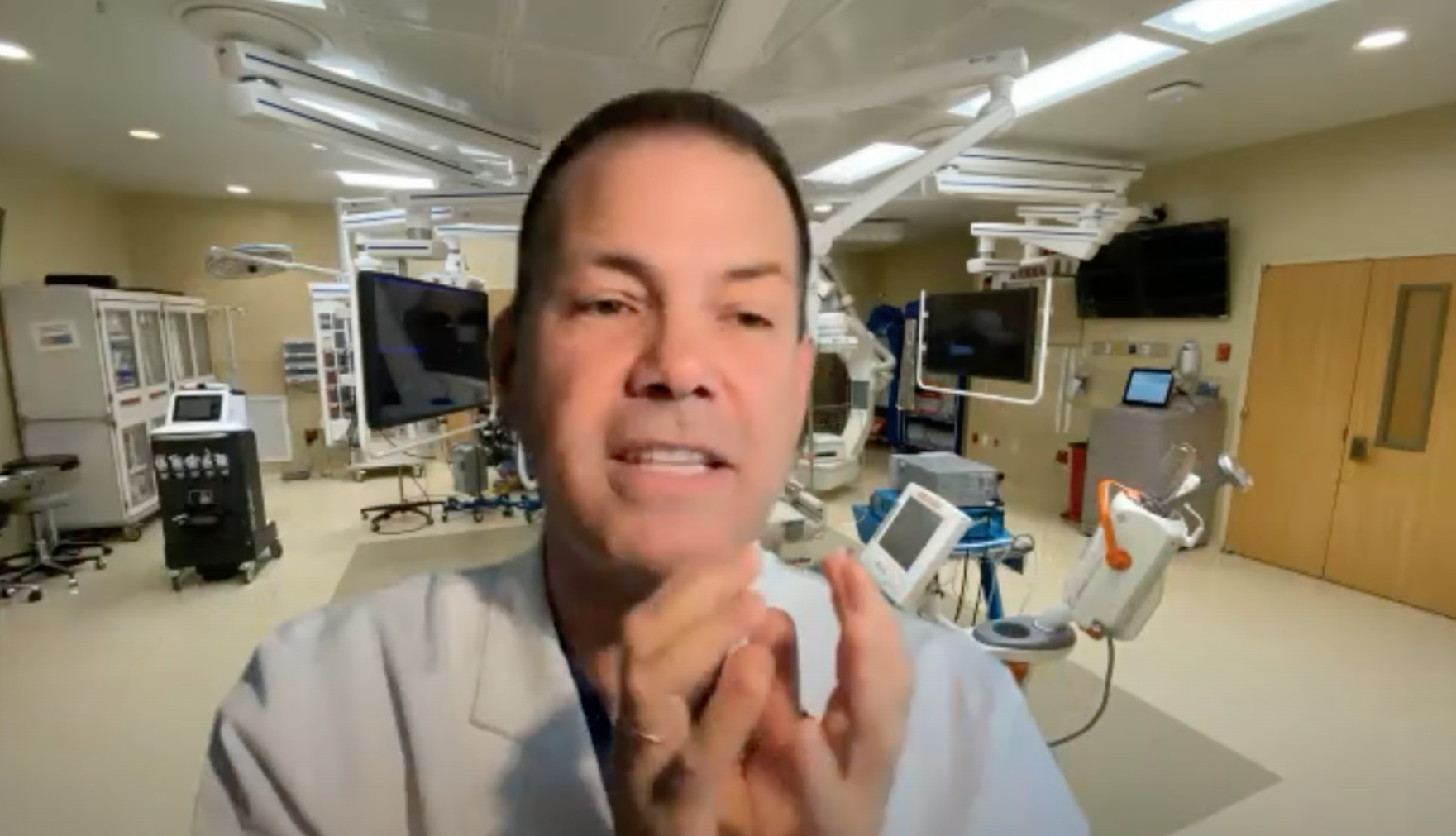Vitrification of mature oocytes results in healthy live birth
Reuters Health • The Doctor's Channel Daily Newscast
This novel approach “obviates the rise in estrogen exposure, any delay in cancer treatment, and the need for a male partner or the use of donor sperm, (which) represents an attractive fertility preservation approach for young cancer patients who require chemotherapy,” Dr. Seang Lin Tan and associates explain. It also reduces the cost of more traditional approaches and avoids the risk of ovarian hyperstimulation syndrome.
Their patient, a 27-year-old woman with a history of two spontaneous miscarriages, a tubal ectopic pregnancy, and polycystic ovaries, had failed to become pregnant after 8 cycles of ovulation induction even though her menstrual cycles were normal.
Thirty-six hours after treatment with 10,000 IU of human chorionic hormone on day 11 of her cycle, her physicians aspirated all visible follicles. The one mature follicle was immediately vitrified, and the 18 immature oocytes were cultured for 48 hours in maturation medium containing follicle-stimulating hormone and luteinizing hormone.
Mature oocytes were suspended in a vitrification medium containing 15% ethylene glycol, 15% 1,2-propanediol, and 0.5 M sucrose. They were then loaded into a vitrification device and plunged immediately into liquid nitrogen.
Of 17 mature oocytes that were cryopreserved, 4 survived when thawed 2 months later. Three were inseminated by intracytoplasmic sperm injection and transferred to the patient’s uterus 2 days later.
In June 2006, at 39 weeks gestation, the patient delivered a healthy 7.5-pound baby girl by elective caesarean section for breech presentation.
“Examination of the newborn by a pediatrician found no evidence of congenital malformations, and the child has continued to develop normally,” Dr. Tan’s team reports.
Reference:
Fertil Steril 2009;91:372-376.






